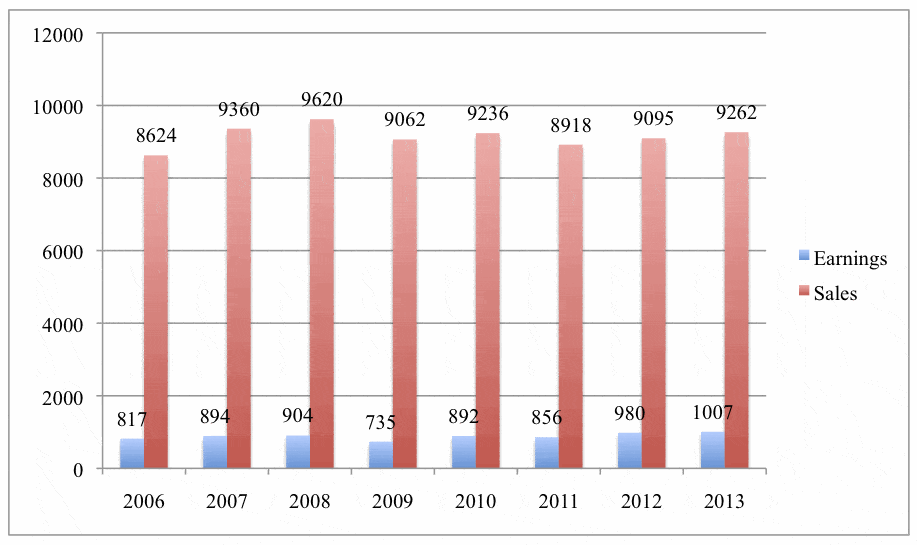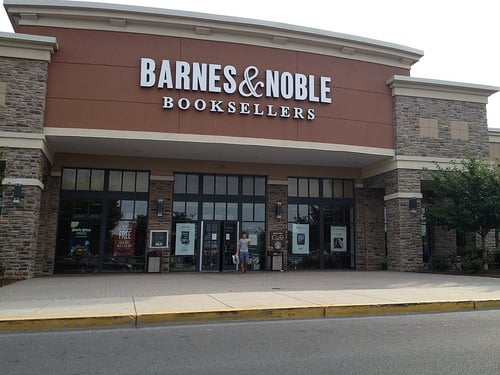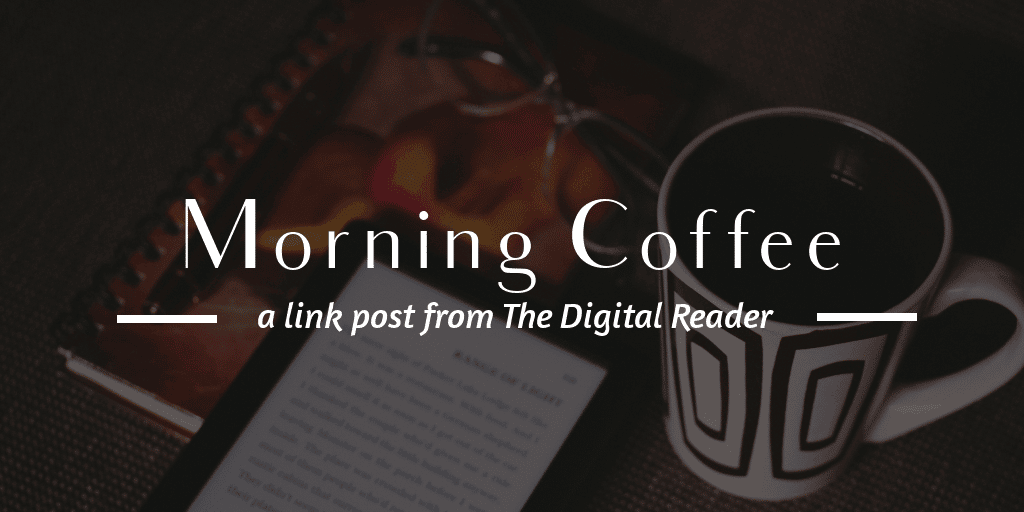The US Trade Publishing Industry: By the Numbers

![5Wide[1]](https://the-digital-reader.com/wp-content/uploads/2014/06/5Wide1-250x148.gif)
The leaked Legardere briefing doc last week (including the revenue chart which PL posted but I did not) generated so much attention among readers that Publishers Lunch dug in to their bag and pulled out some numbers magic.
Earlier today they posted a series of charts which showed the annual revenues of 5 of the Big 6 (Hachette, HarperCollins, Simon & Schuster, Penguin, and Random House) since 2006. The charts are of course incomplete; Macmillan ( or rather its Germany-based parent company Holtzbrink) has never posted their annual revenues. And thanks to acquisitions and HarperCollins unusual financial year it’s difficult to generate an accurate baseline over the eight years, but what data we do have is better than nothing.
And BTW, the charts only reflect the revenues of 5 US trade publishers and their foreign subsidiaries and thus does not reflect the revenue of the entire US publishing industry. Some of the major US publishers left out include Scholastic, HMH, Wiley, Pearson, as well as other publishers that have revenues in the same range of the Big 5.
As you can in the following chart, the collected revenues for these 5 publishers peaked in 2008. The slight growth shown in subsequent years is partially due to acquisitions, including Penguin buying Author Solutions in 2012 and Random House acquiring the remaining 50% of RH Mondadori.
According to PL, the drop in revenue is largely due to the recession, which makes sense, while the slight increase in revenue is attributed to the acquisitions. Without the additional revenue from the newly acquired publishers, the cumulative 2013 sales total would be closer to $8.85 billion, and not $9.26 billion.
In short this segment of the industry is trying to acquire its way out of a decline. Let’s hope it doesn’t work.
You can find more details and the charts for HarperCollins, Simon & Schuster, Penguin, and Random House over at Publisher Lunch. It is behind a paywall.


Comments
fjtorres June 17, 2014 um 8:51 am
That is one interesting chart… if you believe it.
I dunno…
They actually appear as if they’re making less money than their hostages so I think some skepticism about money-moving hijinks is in order.
Taking it as gospel, if you take out Author solutions, Hunger Games and 50 Shades, and purchases like Hyperion and that is one sick oligarchy. As in triage-sick…
Their overhead is really and truly eating them up alive.
Take out ebook sales with their massive margins and you have to wonder why they even bother with print.
Major blood-letting on the way…
On eBooks Being a Dead Format | The Digital Reader July 27, 2017 um 4:31 pm
[…] isn't dying – the industry is. (And yes, there is data to back up that […]
Hachette to Acquire Perseus Book Group, Will Split it with Ingram | The Digital Reader October 17, 2017 um 11:31 am
[…] week I jokingly said that the 5 major US trade publishers were trying to acquire their way out of a decline in revenues, and darned if one didn't prove me right […]
Buggy Whips vs Tesla | The Digital Reader October 17, 2017 um 11:35 am
[…] The newcomers are making more sales every year while the legacy book industry is insisting that no one wants to buy ebooks at the same time they are papering over their decline by acquiring smaller publishers. […]